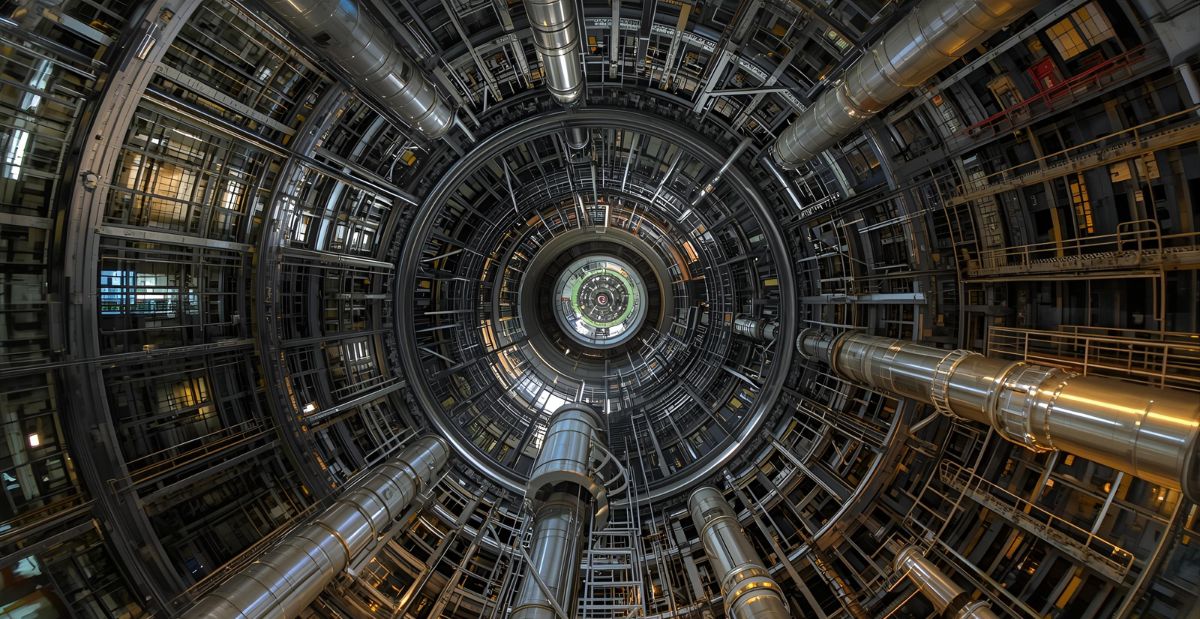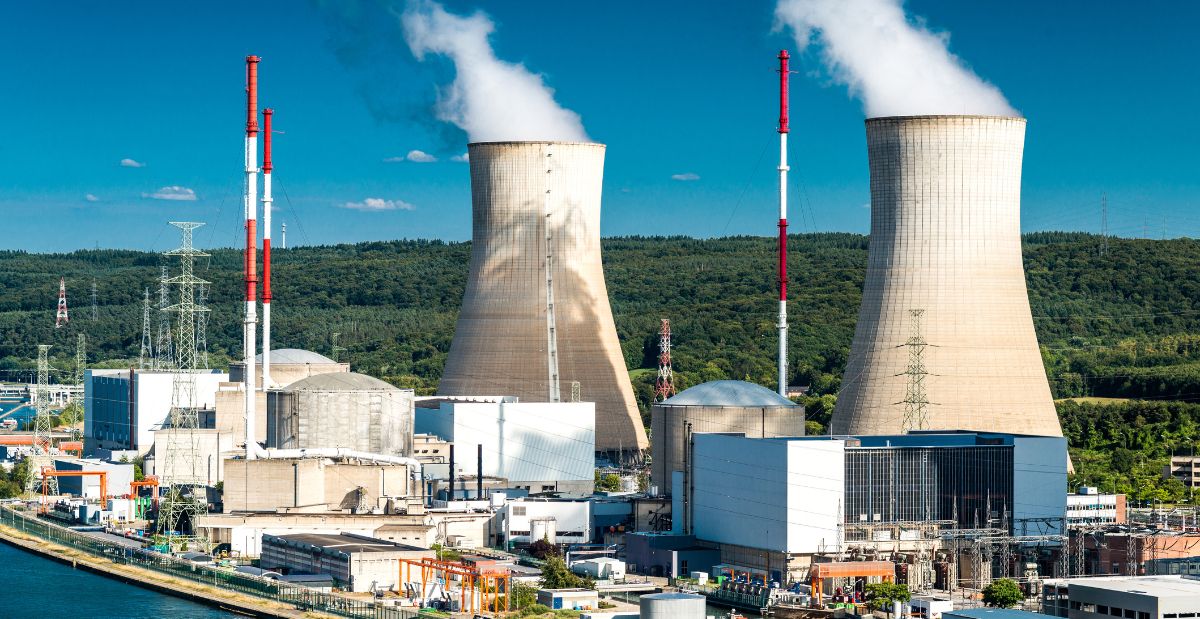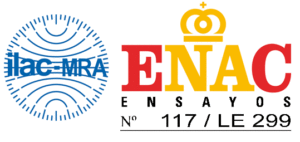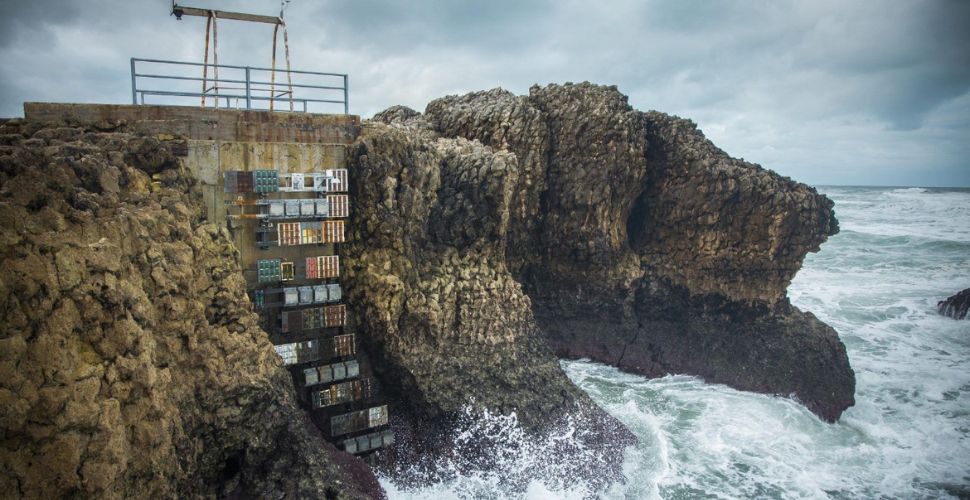
LADICIM leads the concrete durability testing in the Isobara project
The research, which also involves IHCantabria and Seaplace, aims to standardize a concrete floating platform for offshore wind energy.
The Isobara project, which aims to standardize a concrete floating platform for offshore wind energy, has entered a crucial phase of durability testing. In this stage, the Laboratory of Materials Science and Engineering (LADICIM), a specialist in studying the behavior of concrete in marine environments (SEACOND Project), will lead the necessary tests to assess the material’s durability, manufacturability, and techno-economic feasibility, with the goal of ensuring its strength and suitability for marine settings.
The Isobara project seeks to create a standardized concrete floating platform for offshore wind power. This platform, conceived under an industrializable technological concept, aims to be cost-competitive in terms of construction and adaptable to various maritime conditions. The ultimate goal is to optimize the performance of the turbine-tower-platform-mooring system throughout its service life, offering a solution that can be mass-produced for global deployment.
The importance of Isobara lies in the need to harness offshore wind potential in deep waters, which are inaccessible to traditional fixed structures. The floating platform developed by the project will enable access to these resources, driving the decarbonization of the European energy mix and contributing to climate goals for 2050.
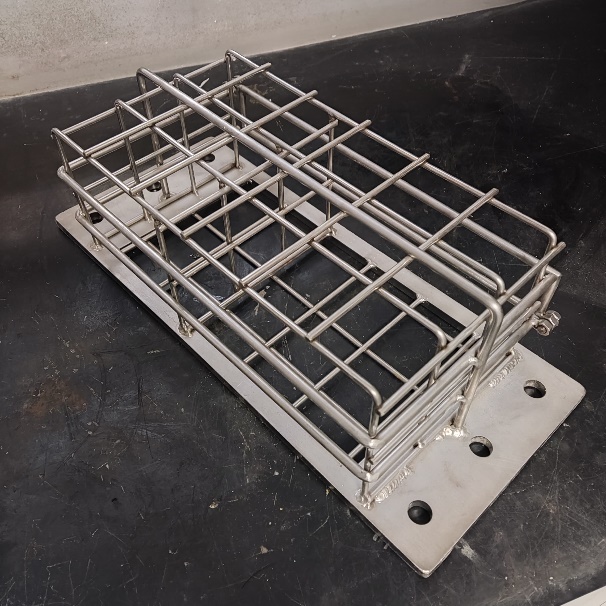
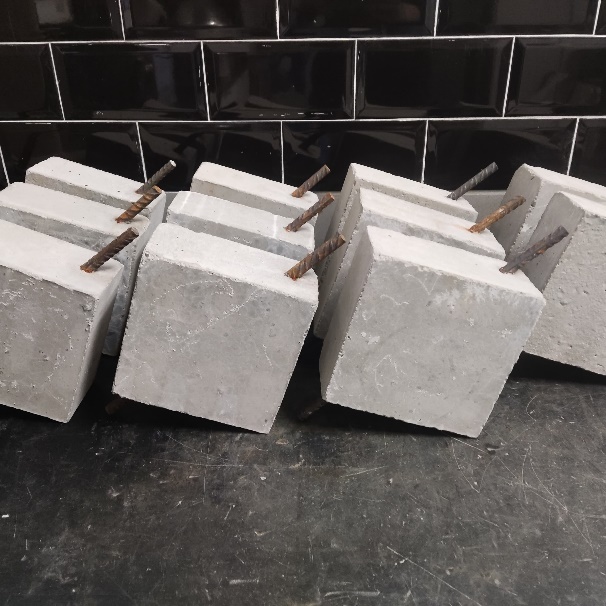
Testing at El Bocal
LADICIM, together with the offshore engineering company Seaplace and the Environmental Hydraulics Institute of the University of Cantabria (IHCantabria), make up the Isobara research team. The project, funded by the Ministry of Science, Innovation and Universities through the State Research Agency, and by the European Union with NextGeneration EU/PRTR funds, is now in a phase of durability testing at the El Bocal facilities (Santander), managed by the Technological Center of Components (CTC).
The tests involve exposing concrete samples to seawater over extended periods to evaluate the concrete’s resistance and its ability to protect the reinforcement in demanding marine environments.
Isobara aims to standardize the design of a concrete floating platform to facilitate mass production, thereby reducing the costs of floating wind farms. By focusing on a common construction material such as concrete, the project seeks to generate economies of scale and cut construction and deployment expenses, making offshore wind energy more competitive and accessible.
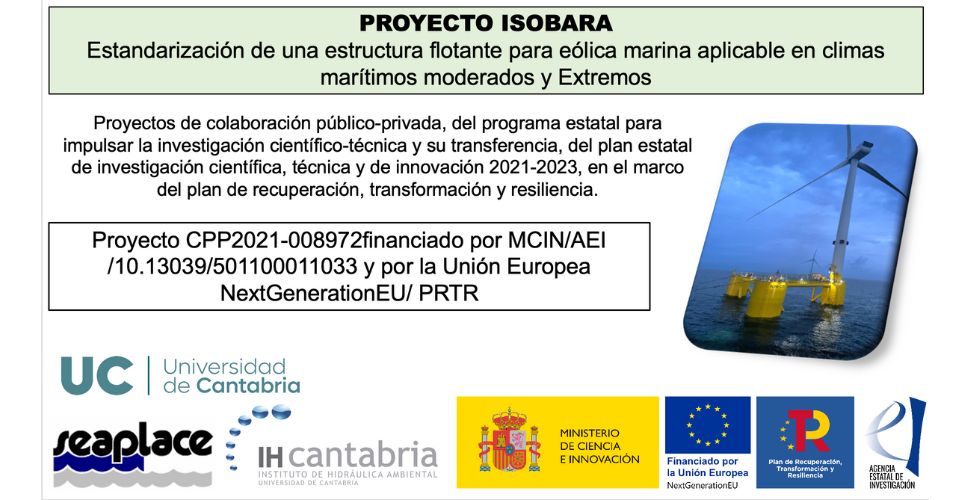
The Isobara project aligns with the European Union’s strategy for a Low-Carbon Economy and the goals of Challenge R5 – Climate, Energy and Mobility under the 2021 Public-Private Collaboration call. By developing technology that expands the potential of offshore wind energy, Isobara contributes to cutting carbon emissions and moving toward a more sustainable energy system.
In the long term, Isobara is expected to cement the use of concrete floating platforms for offshore wind power as a viable, competitive option. The technology developed could lead to a significant increase in offshore wind capacity in deep waters, reducing reliance on fossil fuels. Moreover, Isobara’s solutions are anticipated to positively impact the economy by creating jobs in the renewable-energy industry and spurring innovation in the sector.

